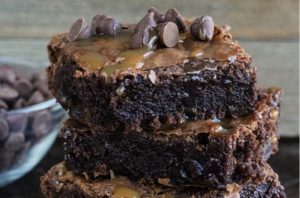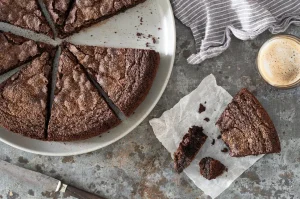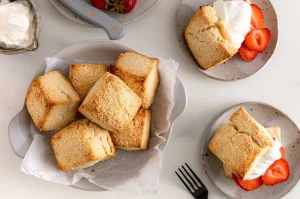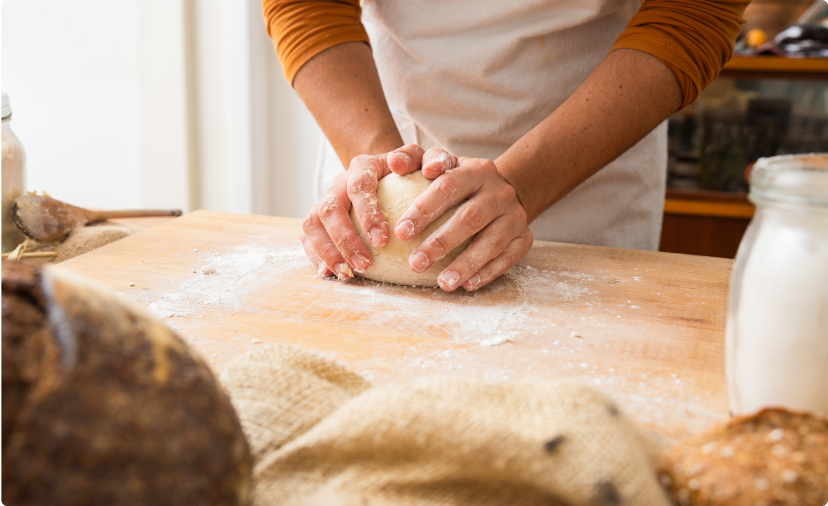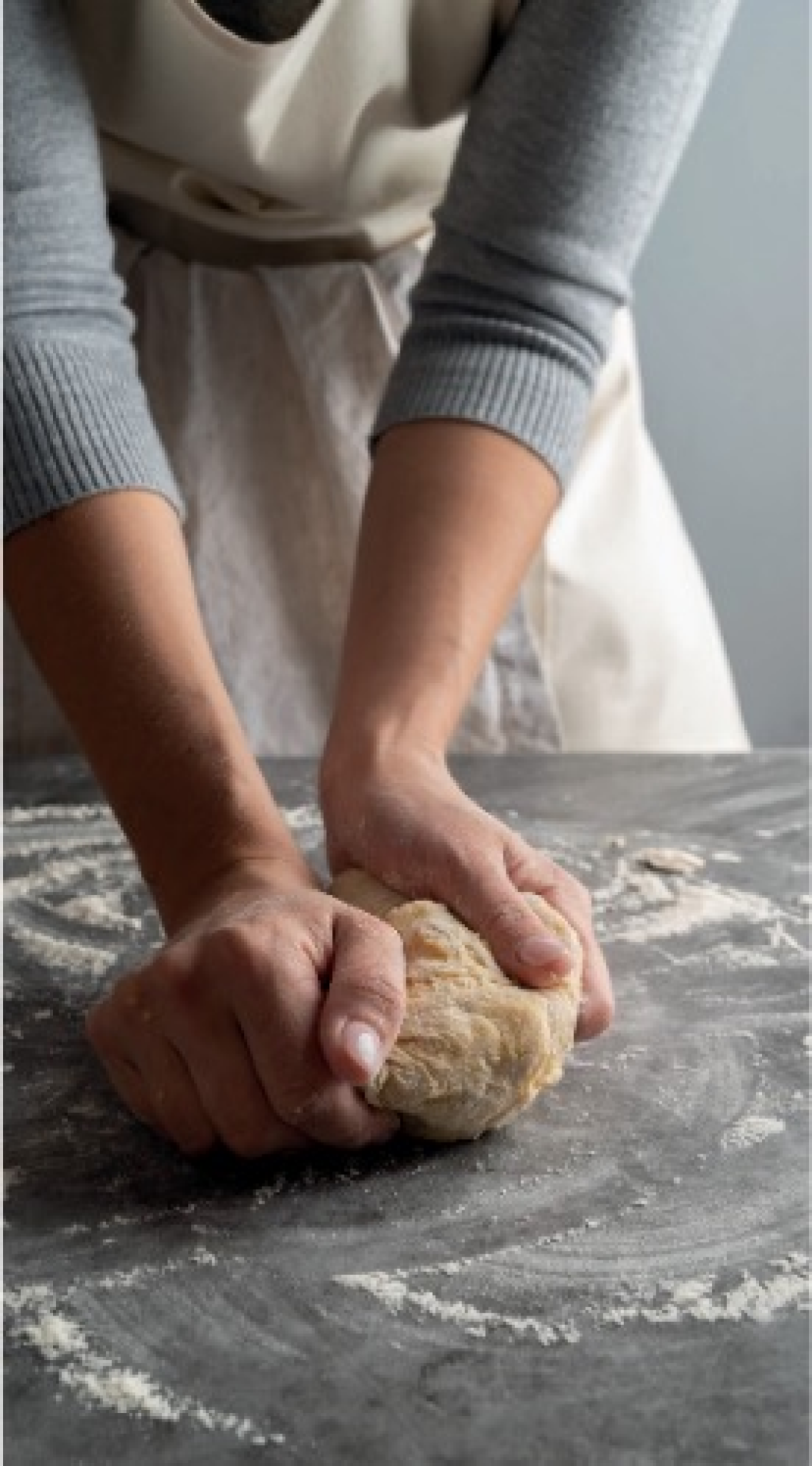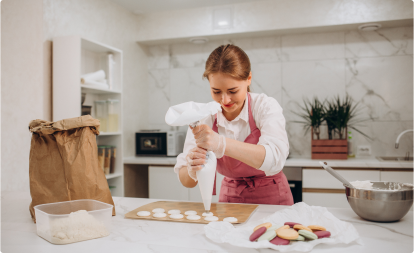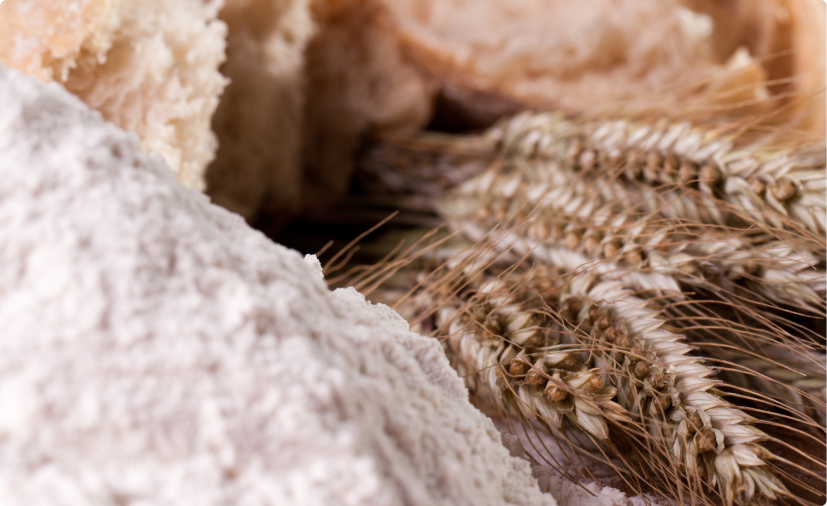Dairy Cream
Dairy cream comes from the fat content of cow’s milk which is pasteurised and homogenised. It comes in the following categories, which relate to the minimum fat content of the product.
Cooking cream for sauces, soups
Whipping cream has applications in general baking and decoration.
Thickened cream
Containing a thickener (vegetable gums, gelatine, alginates) for stability. Used
for general baking, mousse and decoration.
Double cream
High-fat content cream that whips well and holds its shape. Ganache cream
fillings, mousse cake and decoration
Cream Cheese (made from a combination of milk and cream)
The cream is formed by adding Lactic acid, which thickens the mixture. Baked and
non-baked cheesecakes, as a filling for bread and bagels
Crème Fraiche
The cream is produced with a bacterial culture, resulting in a lightly sour taste:
soups, accompaniment with scones and baked goods.
Sour Cream
The cream uses a bacterial culture containing Lactic Acid, which sours and thickens
the cream: cheesecakes, muffin batters, and fillings.
Milk Fat Content
18% – 20%Preparation for Whipping Cream
The cream needs chilling before whipping, as do the mixing bowl and whisk attachment. These actions will ensure the cream whips quickly and remain firm.
Note
Generally, the thickened dairy cream will suit most applications.
Storage
Dairy cream requires refrigeration at 4°C and has a shelf life of up to 180 days when packaged in aseptic cartons (meaning it is free from microorganisms). Once opened, it is best (safest) to use it within three days.
Must Know
Dairy cream is not suitable for freezing in its liquid form as the fats will separate upon thawing, making it unsuitable for use.
Non-Dairy Whipping Cream
Dairy-free whipping cream is an oil-in-water emulsion that can whip to a stable foam. The composition comprises vegetable oil (Palm Oil being most common), milk proteins, sugars, water, emulsifiers and stabilisers. The advantage of this type of cream is its stability when whipped. It also yields a lighter and greater volume when compared to dairy cream. Preparation is the same as for Dairy cream.
